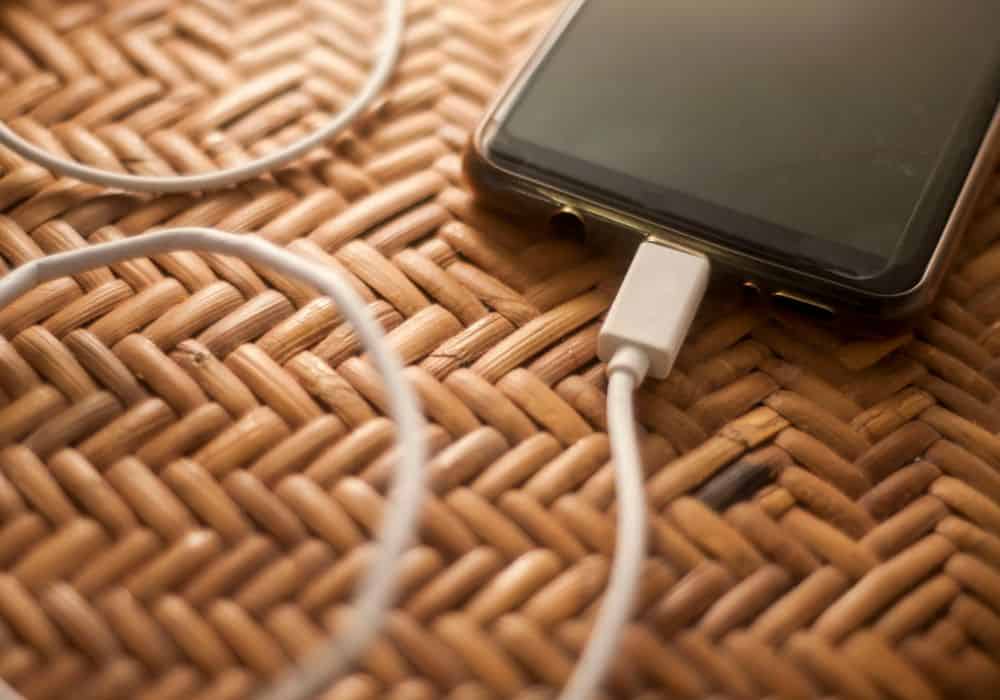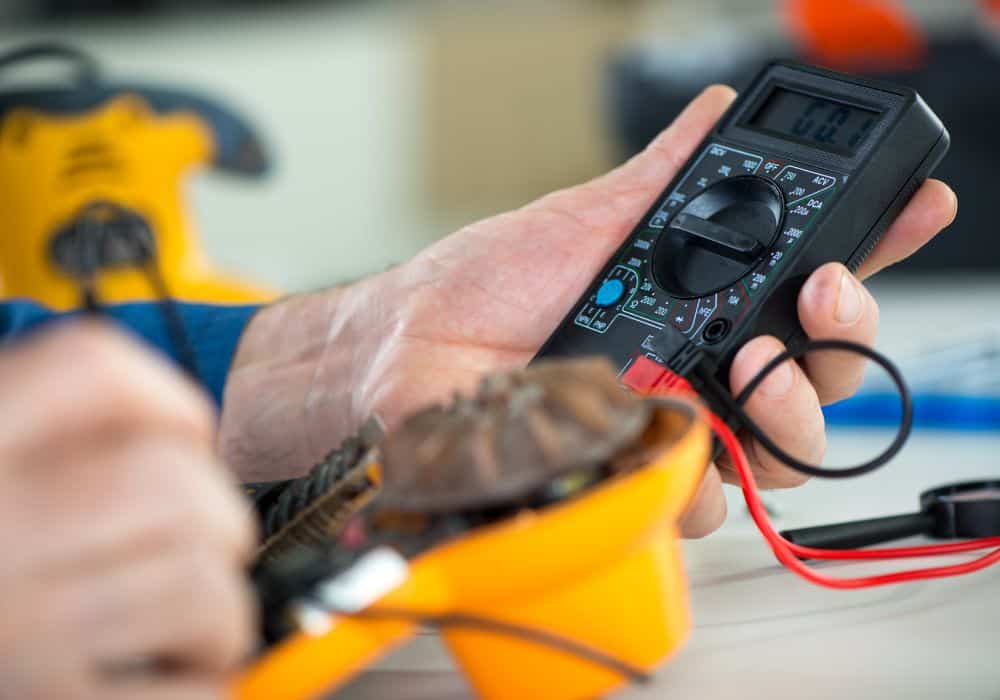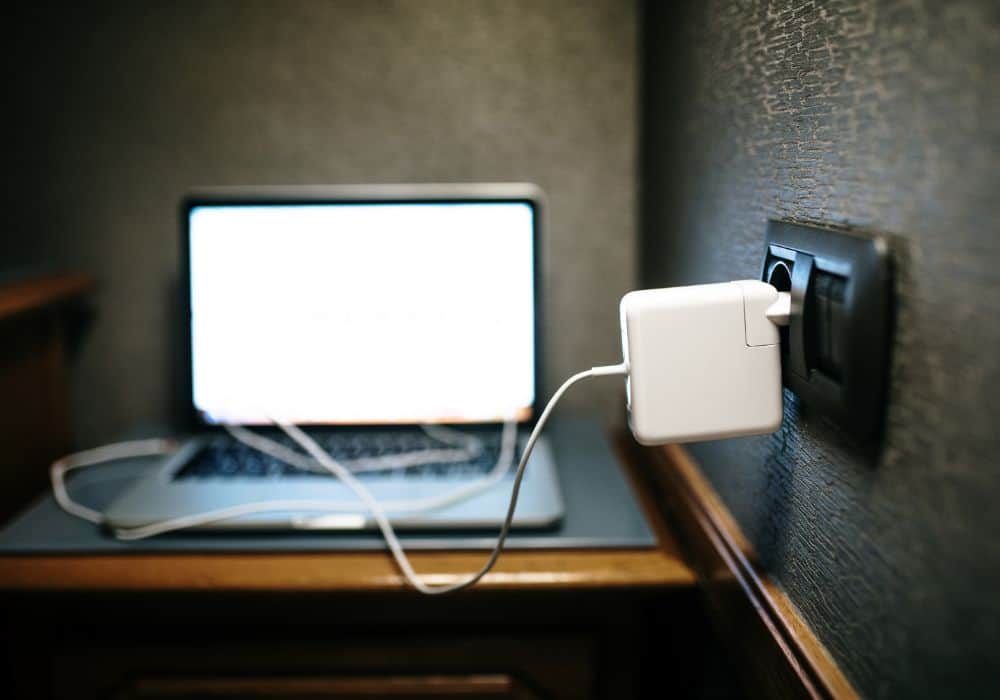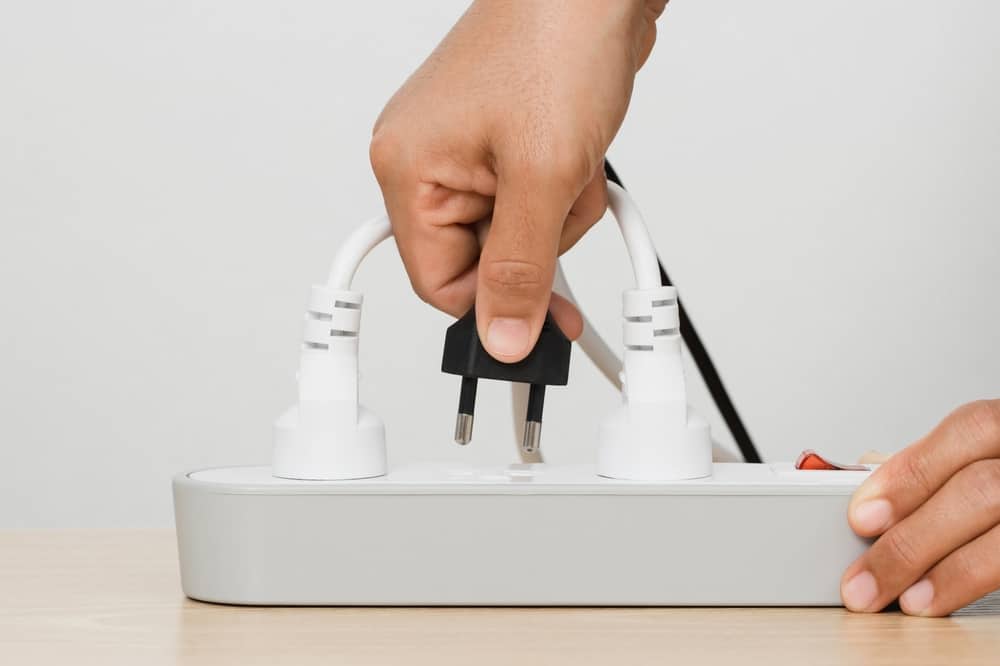Your phone, smartwatch, or even Airpods use batteries. Often, you simply take these devices and connect them to their chargers. But have you ever wondered if you use the correct battery charging circuit? The best type should preserve the battery life while charging it.
One of the perks of living in a fast-paced world is that there is always something new or remodeled to make our lives easier. The ability to use a device charger for batteries is one such advantage. But we may also find that your device battery wears out too quickly due to overcharging or using the wrong battery charging circuit.
You do not have to be a geek to wonder how these things work and whether you can improve your battery charging experience. So, we explain how a correct battery charging circuit works in this article. You will better understand what works for specific devices and applications.
Table of Contents
Fundamentals of Charging a Battery
When considering the correct battery circuit for any device, there are three aspects to check. You must check the constant current, the constant voltage, and the automatic cut-off. Each element or parameter is crucial as it has a role in preserving the battery life.
Two other aspects may be handy, although they mostly work for enhanced battery-charging conditions and are optional. They are step charging and thermal management and are ideal for lithium-ion batteries.
Lead-acid batteries do not require them for optimum charging. But you can still try them for the latter type to see if they improve the charging conditions and results. Note that other types of batteries require specific charging currents and voltages per time.
Why Constant Current Is Important in a Battery Charging Circuit

The following are reasons the constant current of a battery circuit is important:
1. Charge Rate
For a battery to produce a steady and adequate charge, there must be a constant current. Also, the current must not fluctuate or increase much to preserve the battery and device. There are different charging current rates obtainable from various battery types.
Lithium-ion batteries have a special charging rate, while lead-acid batteries have a different rate. The charging rate of lead-acid batteries should be about one-tenth of the ampere-hour (Ah) you see printed on the battery.
For example, if the printed ampere-hour is 100, its charging current is a tenth of that, which is 10. You can attempt to double this number, making it 20, but that is the highest you can go to maintain the battery life and ensure its applicable rate.
On the other hand, a Li-ion battery does not need this division. Its charging rate can be the same as the ampere-hour (Ah) rating. So, if the battery has a rating of 2.4 Ah, the charging rate can also be 2.4 without fear of damaging the battery.
2. Flexibility
You can customize the constant current to match the ampere-hour of the battery. If all the current you have to charge the battery is four amps, it can only charge a battery with 40 Ah.
However, if you have a battery with a higher capacity, enhance the available IC with other ICs laid out in a parallel fashion. This increases their output and enables you to charge larger batteries with the available current charge.
3. Charging Time
When deciding the charging amperage for any battery, you must consider the charging time. While the charging current must be one-tenth of the battery’s printed capacity, you must wait a long time to get a full battery.
For example, if you need to charge a 20 Ah battery, the charging current must be 2 amperes. You can wiggle the current and keep it between 2 and 5 amperes to accommodate some losses during the charge time.
Suppose you use a 5-amp charging current for a 20 Ah battery. Divide the battery’s capacity by the charging current to get the number of hours it will take to charge it fully. In this case, it will take about 4 hours for a battery of that size.
However, you must also consider losses that may occur during charging, usually around 40%. To get the real charge time, divide 40 by 100 and multiply the result by the battery capacity, which means 40/100 x 20 = 8. Add this result to 20, and you get 28.
Then, divide this number by the charging current we calculated earlier, which is 5 amperes, and you will get 5.6. You will need to charge a 20 Ah for close to 6 hours. That may be too long to wait for a battery of that capacity to charge.
The Role of Constant Voltage in a Battery Charging Circuit

The constant voltage requirement is the voltage at which you must charge it. Battery manufacturers have specific battery charging voltage rates similar to the constant current. The voltage must be about 17% and must not increase or decrease by much. In other words, it must remain as constant as possible to preserve the battery.
For example, you will need to charge a 12V battery at a constant voltage of 14.2V. As mentioned, this voltage must remain as stable as possible to preserve the battery life and integrity. While this may seem challenging, you can use a voltage regulator IC to get a stable voltage.
1. Using the Right Voltage IC Regulator
There are different voltage regulator ICs, with LM338 being the most popular because of its dependability. You will also find LM317 and LM396, allowing you to set a desired constant voltage. You can set it anywhere between 1,25V to 32V, but the LM396 may not be that flexible.
Using a correctly-rated transformer may eliminate the problem of regularly checking for a constant voltage condition. However, the main input must be steady and dependable regarding fluctuations for this to work.
2. Using SMPS Devices
SMPS devices will help you maintain a steady voltage, although they make it difficult to customize voltage if required. So, while you may want to eliminate an LM338 circuit and opt for an SMPS device, you may not get the versatility and flexibility you need. This is especially true if you have heavy-duty battery applications.
Why an Automatic Cut-off Is Vital

Charging a battery is crucial to maintain life in the applicable device, but that is not all there is to it. If you overcharge your battery, regardless of the type, you reduce its lifespan and prematurely damage it. Therefore, you should monitor it, although that is not always possible.
This is where an automatic battery charger circuit becomes vital. In any battery charging circuit, an auto cut-off monitors the charging voltage and cuts it off once the battery is full. It extends the battery life beyond what it can be if constantly overcharged.
Most newer model charging circuits use this auto cut-off feature to preserve batteries. Although many constant voltages and constant current battery charging circuits can usually stop the charge, they are not as effective as automatic cut-off circuits. That is why they are the preferred circuits in newer devices.
Charging a Battery without Circuits
It is not strange to feel overwhelmed or lightheaded reading about this complex circuitry. We understand if you do not fully grasp all of it. It is also acceptable if you wonder whether it is possible to charge your battery without a charging circuit.
Fortunately, there is a way to charge a battery without using any of the abovementioned circuitry. But while the charging circuits discussed in this article seem complex, they are also parameters that every battery requires for safe and efficient charging.
However, you may be willing to skip the efficiency and full-charging capacity for easier charging techniques. In such a case, your battery may charge at a less-than-optimal level and even take longer to charge. This may affect the battery’s life and capacity over time.
Check the Charging Rate
You must never charge your battery using a charger with a higher rating than the battery’s rating. So if your battery has a rating of 12V/7Ah, the charge rate must not exceed 14.4V, and the charge current must remain at 0.7 amps, which is one-tenth of the printed ampere-hour.
In other words, carefully follow the recommended ratings to ensure a complete and efficient charge based on the battery voltage. It is best to keep the charging parameters a little below the maximum rating because it can improve the battery’s efficiency and lifespan.
Nevertheless, if you can use a battery charging circuit, do not hesitate to use it. You can rest assured of your battery preservation, full charge, and efficient charging. Since overcharging and poor charging are the bane of charging batteries, using an advanced circuit is crucial.
Conclusion
Using the correct battery charging circuit is crucial if you want any battery to last. It does not matter the battery application or usage; the same parameters apply. You must consider the constant current, constant voltage, and available automatic cut-off.
While these parameters apply to different circuits, you can also use them as individual battery charging circuits. The auto cut-off circuit is the most popular today because of its capacity to prevent overcharging while maintaining efficiency.
However, you can use other charging methods, which may be less efficient. But they still produce enough charge to keep the battery going for a long time.
